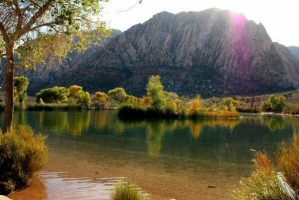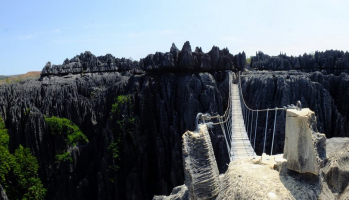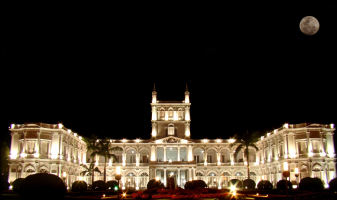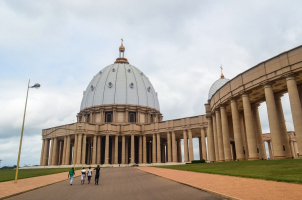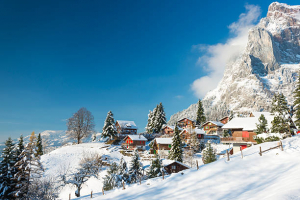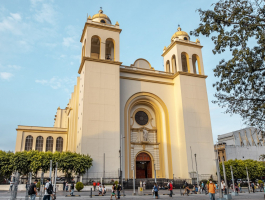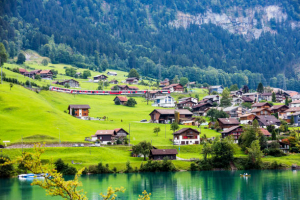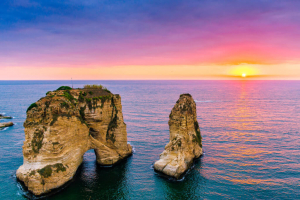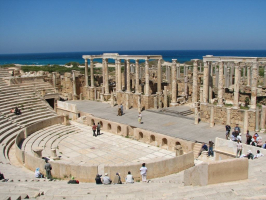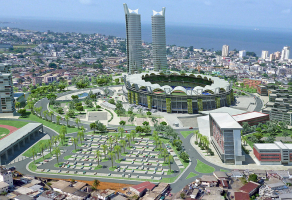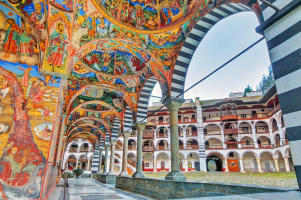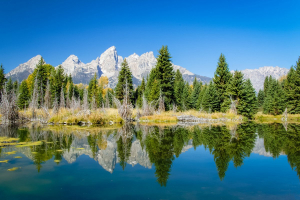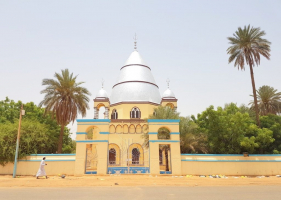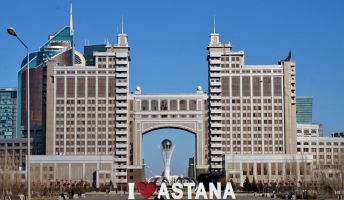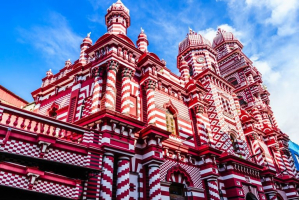Top 10 Places to Visit in Oslo
Oslo, Norway's capital city, provides breathtaking grandeur as well as an incredible cultural vibe, making it a must-see destination for any travel ... read more...enthusiasts. Despite being smaller than some of the world's most renowned cities, it has so much to offer visitors that it can make any vacation memorable. From the historical museums and beautiful galleries to places offering beautiful vistas, there are scores of places to visit in Oslo. As a result, Toplist has compiled a list of locations you simply cannot afford to miss.
-
The Sognsvann is a lake in the Marka district of Oslo, Norway's capital city. From 1876 to 1967, the Sognsvann served as a potable water reserve. At the southern end, on a moraine from the last Ice Age, lies Sognsvann gård, the limit to which the sea level almost reached in the last Ice Age.
The lake is a famous recreational location, with chances for grilling, swimming, beach volleyball, and other relaxation activities. There are some sites nearby, such as quarries and ore remnants, as well as a "Swedish Wall," which was constructed by Swedish captives of war in the nineteenth century. The hiking path around the lake is only for wheelchair users and walkers, while bicycles must use the road a little further away from the water.
The 3258-meter-long Sognsvann circuit is also ideal for jogging and running exercise as well. There is a monthly run around the lake that takes place in the summer. Sportsmen and outdoor lovers can also participate in the Oslo Triathlon and other well-liked events. Ice sliding and ice fishing are activities that can be done in the winter. Additionally, a number of cross-country paths, including one that is artificially illuminated so that it can be used at night, called the "Lyslype," begin here in the winter.
Google Rating: 4.9/5
Opening Hours: Daily
Address: Sognsvann, 0890 Oslo, Noruega
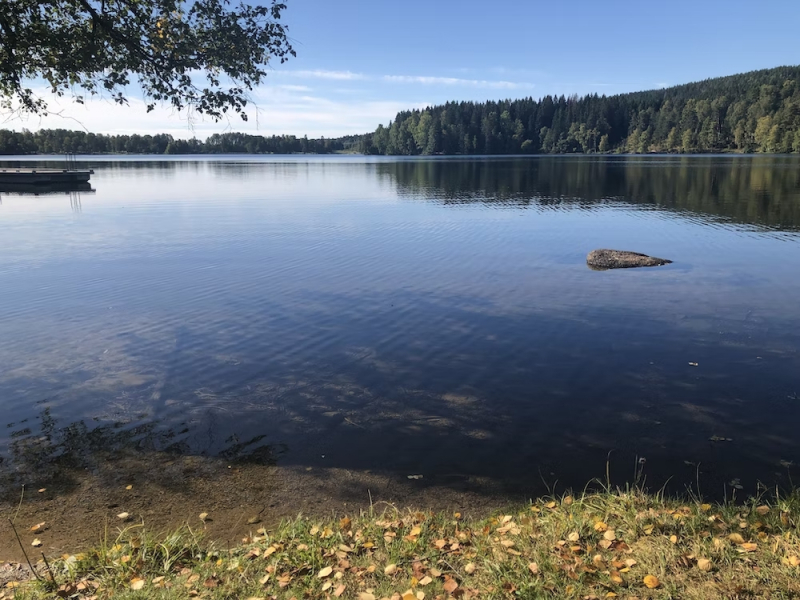
Image by Sumi Lee via unsplash.com 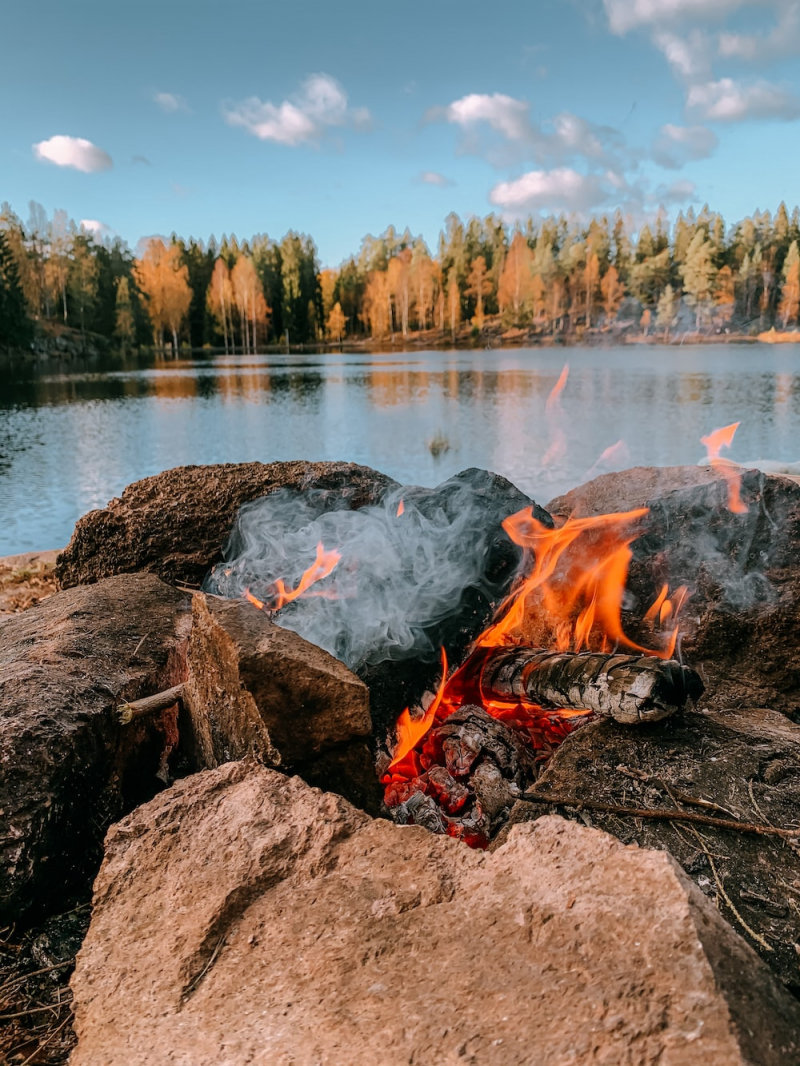
Image by Karoline Vargdal via unsplash.com -
The sculptures at Vigeland Park are all one-of-a-kind because they are lifelike depictions of naked humans in various stances, some of which are sexual in nature. The majority of the sculptures are organized into five sections: the Wheel of Life, the Fountain, the main entrance, the Monolith plateau, and the bridge with a children's playground. All 212 of them, from soaring babies to dancing ladies to a heap of dead bodies, are designed for human life in its simplest form.
But, although they are philosophical, the statues at Vigeland Park are also irreverent — and some of them are quite startling! For example, there is a statue of a man throwing a woman over his head and a statue of another man fighting with… four babies! The monument is named Man Chasing Four Geniuses, and the infants are meant to symbolize malevolent spirits... although some say it represents the duties and responsibilities of parenthood.
The sculptures are arranged in groupings along an 853-meter-long axis. The fountain group is the oldest, symbolizing the cycle of human existence, beyond which can be seen the 16-meter-high Monolith, comprising 121 intertwined human bodies.Google Rating: 4.7/5
Phone: +47 23 49 37 00
Opening Hours: Daily
Address: Nobels gate 32, 0268 Oslo, Norway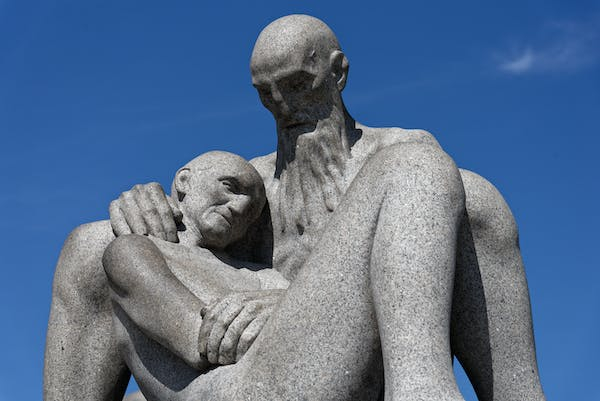
Image by Gu Bra via pexels.com 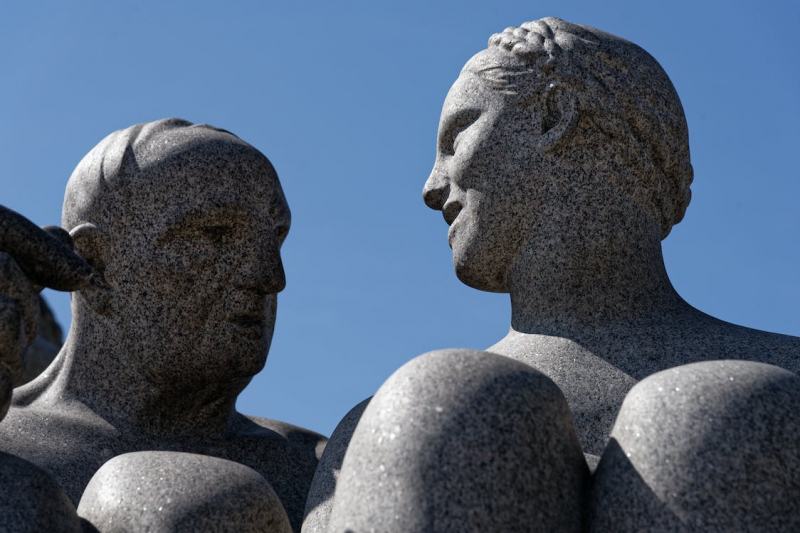
Image by Gu Bra via pexels.com -
The Oslo Opera House is the largest cultural center established in Norway since the early 14th century. Visit the location to attend a performance or have a guided tour of the architecture. The building’s prominent design feature is a roof that slopes steeply up from the waters of the Oslo Fjord. The roof also serves as a public plaza that may be strolled on. During the summer, you will observe people sunbathing and picnicking on the roof.
Inside, gaze at the Wave Wall, a four-story wood wall that wraps around the three performance rooms of the Opera House. The structure has been adorned with eight art projects. The perforated wall panels by Olafur Eliasson and the crumpled aluminum foil curtain on the main stage are among the highlights.
A 50-minute guided tour of the building and backstage areas will teach you how operas and ballets are performed. Visit the costume studio and see where the extravagant sets are painted while standing on the Main Stage. Tours are available everyday and must be reserved in advance. Stage rehearsals are included in some guided tours.
It is possible to see parts of the inner workings of the Oslo Opera House without organizing a tour. The architecture of the building emphasizes openness and accessibility. The hat and mask department, sewing room, and other backstage amenities are visible through large glass windows. Stop into the Opera House's Education Center to gain a better understanding of the opera or ballet you are going to watch. One hour before the curtain rises, introductory speeches about each work are given. They are around 30 minutes long.
Google Rating: 4.7/5
Website: https://operaen.no/en/
Phone: +47 21 42 21 21
Opening Hours: Daily
Address: Kirsten Flagstads Plass 1, 0150 Oslo, Norway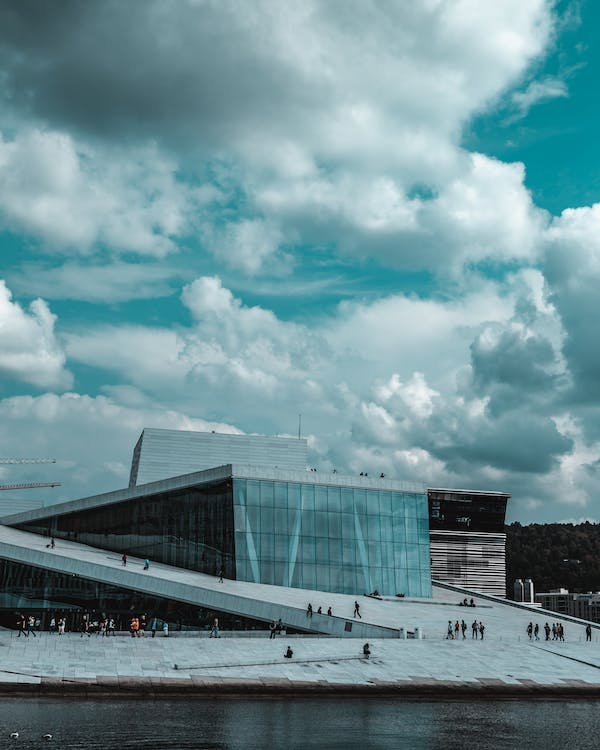
Image by Tobias Bjørkli via pexels.com 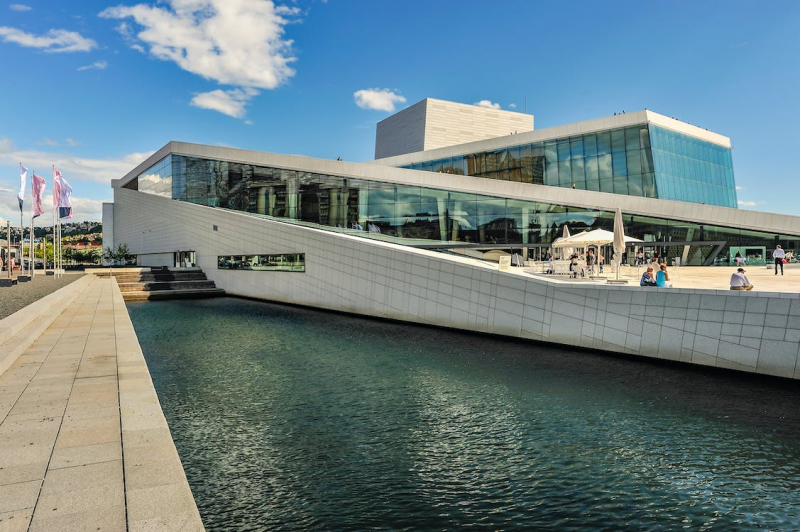
Image by Pavel Bak via pexels.com -
The Fram Museum was the world's strongest wooden polar vessel, intended to endure the pressure of the frozen sea. It took part in three important excursions to both polar regions between 1893 and 1912. It now stands in the heart of the museum. Artifacts from such expeditions are displayed on three floors around it.
You may stroll along the deck, pretend to be the captain, and imagine what it must have been like to navigate through Arctic and Antarctic waters. See how the personnel dealt with the intense cold of the arctic regions inside the ship. Imagine living or working in the cabins, lounges, cargo hold, kitchen, and engine room, and observe the phonograph and piano that would have delighted the explorers on lengthy trips.
The Dark Walk is a three-room immersive experience about a failed northern expedition. Stand on a moving ship deck as fantasy creatures attack and the temperature plummets to 15 degrees Fahrenheit (minus ten degrees Celsius). Pass through the ice tunnel, but keep an eye out for the oncoming polar bear. The museum also features a section dedicated to lesser-known Norwegian explorers. Carsten Borchgrevink, who conducted the first winter expedition on the Antarctic continent, is among them.
Google Rating: 4.7/5
Website: https://frammuseum.no/
Phone: +47 23 28 29 50
Opening Hours: Daily - 10:00 to 17:00
Address: Bygdøynesveien 39, 0286 Oslo, Norway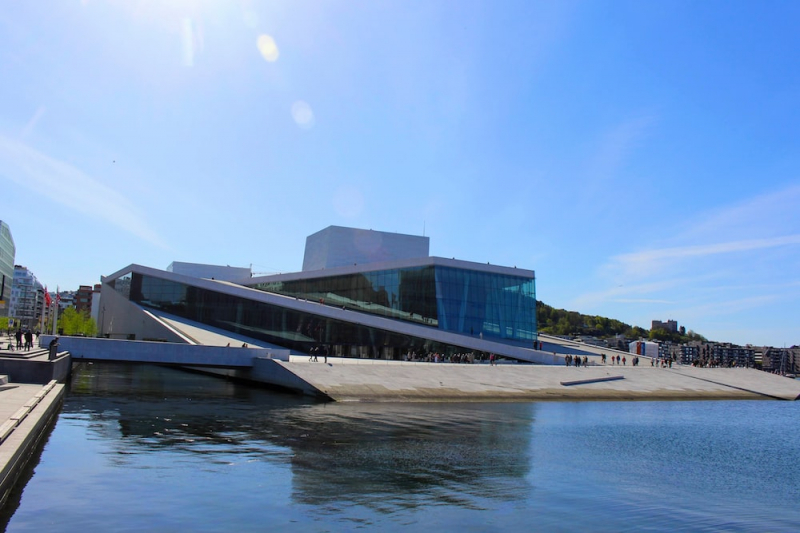
Image by Nan Wisanmongkol via unsplash.com 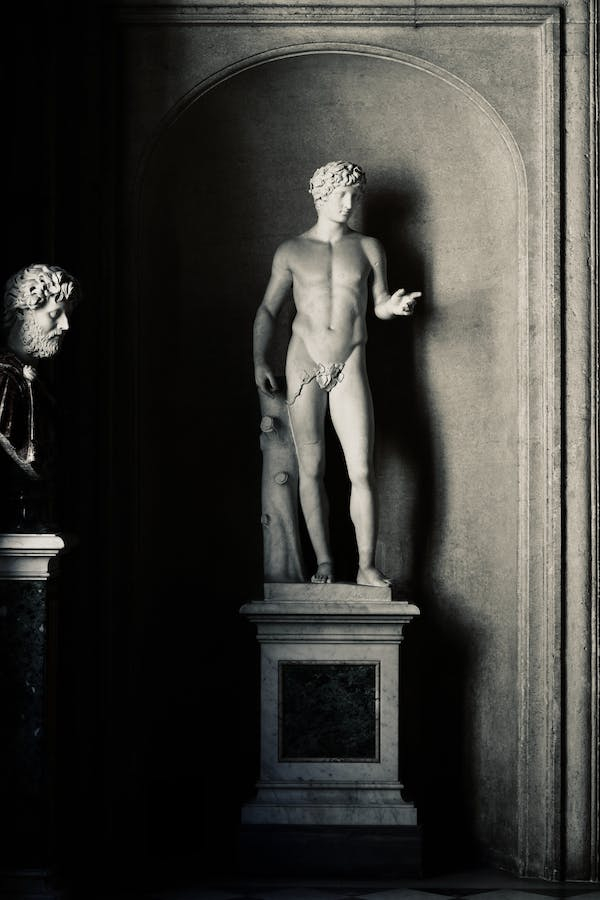
Image by Jasper de Vreede via pexels.com -
The Norwegian Museum of Cultural History depicts how people have lived in Norway since the 16th century and up to the present day. There are 160 antique structures set in picturesque surroundings at the open-air museum. Tourists can walk through diverse sections of Norway, from towns to the countryside, as they imagine the joys and challenges of ordinary life over the ages.
Farmhouses with sod roofs from various locations are surrounded by grasslands and grazing farm animals behind gorgeous gates. The museum's old town features a variety of dwellings, businesses, and workshops connected by cobblestone streets. Do not miss the well-known Gol stave church, which was established in the 1200s. Indoor exhibition galleries feature historic furniture, apparel, silver ware, altarpieces, Sami handicrafts, and the interior of Norway's first parliament. There are eight flats in the Old Town's apartment complex have been outfitted in historical styles ranging from 1879 to 2002.
The museum provides a diverse range of programs and experiences for people of all ages. Storytelling, live folk dance, and the baking of traditional 'lefse' are all popular activities. The Norwegian Museum of Cultural History is open all year round. There is an entry fee. A café and a wide outdoor recreational area with picnic tables are available, so you may bring your own food.
Google Rating: 4.6/5
Website: https://norskfolkemuseum.no/
Phone: +47 22 12 37 00
Opening Hours: Mon to Sat - 11:00 to 16:00
Address: Museumsveien 10, 0287 Oslo, Norway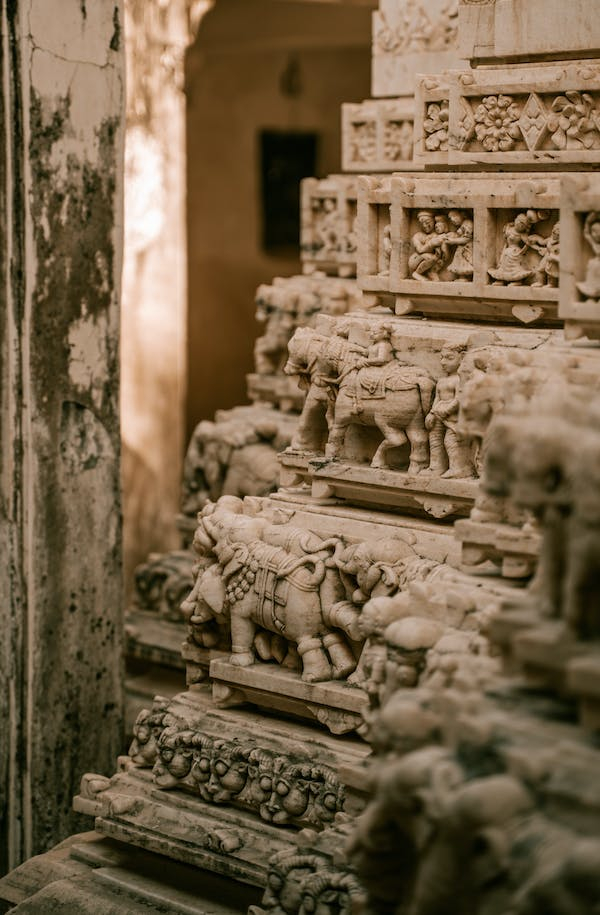
Image by Stijn Dijkstra via pexels.com 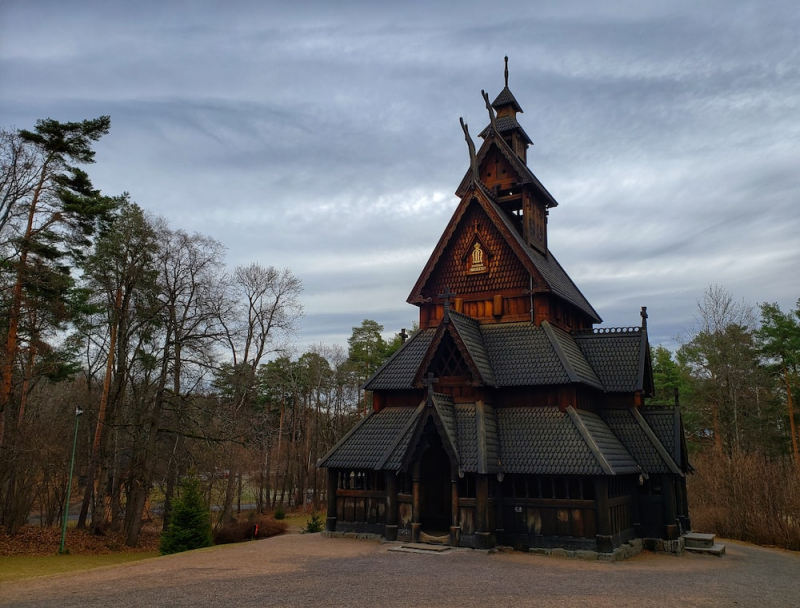
Image by Christian Elliott via unsplash.com -
The Royal Palace, which is tucked away within Palace Park at the western end of Karl Johans gate, attracts people who are interested in politics, history, building, and European royals. King Oscar I first used this opulent building in 1849, and it is still used today by Norway's rulers as both their residence and office. Most members of the royal court also work here, and foreign heads of state regularly stay on-site during official visits.
The palace, which was created by renowned Norwegian builder Hans Linstow, has a grand façade with Corinthian columns. The royal scene is completed by a spectacular statue of King Charles III riding a horse that is elevated on a pedestal in the plaza in front of the palace. One of the few times the royal family appears in public to welcome the joyful Norwegians on the occasion is during the annual National Day procession in Oslo, which passes the Royal Palace on its route.
Several previous visitors praised this vast property, highlighting its gorgeous grounds and exquisite exterior as highlights. Those who visited the castle during the summer raved about the beautiful rooms and informative guides.
It is certainly worth seeing as one of the most significant and historic structures in Norway. You can expect the rooms and architecture to be lavish! However, tours are highly popular, and tickets are frequently sold out on the day. As a result, it's critical to purchase your tickets in advance. The majority of tours are in Norwegian, but there are a few English tours available on a regular basis. Tours last around one hour and take place every 15-20 minutes during the day.
Google Rating: 4.5/5
Website: https://www.royalcourt.no/
Phone: +47 23 49 35 00
Opening Hours: Mon to Sat - 9:00 to 16:00, Sun 10:00 to 16:00
Address: Slottsplassen 1, 0010 Oslo, Norway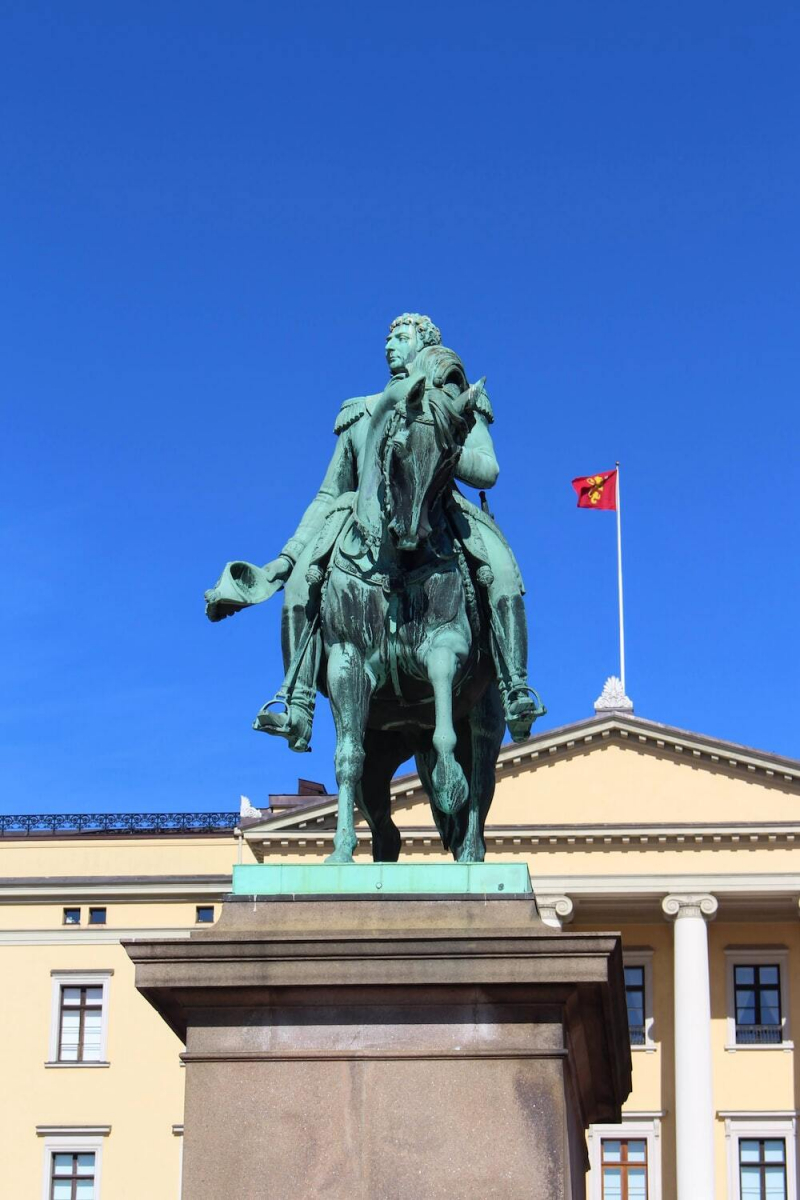
Image by Nan Wisanmongkol via unsplash.com 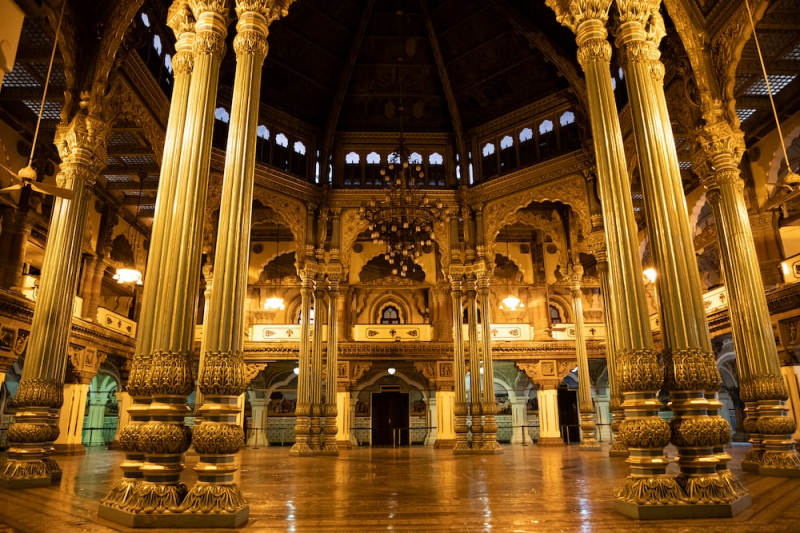
Image by Syed Ahmad via unsplash.com -
Oslo City Hall, a government structure best known for yearly holding the Nobel Peace Prize celebration, is located across the street from the ferry port in Oslo's Sentrum district. Arnstein Arneberg and Magnus Poulsson, two Norwegian builders, created this 20th-century structure, which has a brick façade and two towers, one of which has a 49-bell carillon that sounds every hour. Numerous pieces of Norwegian art that portray events from the nation's past and culture can be seen inside.
Visitors to Oslo City Hall have conflicting emotions. Some were less than impressed with the structure's austere exterior. Many people, however, commended the interior of the property, particularly its impressive marble walls and thought-provoking paintings. The heart of the structure is Rdhushallen, which translates as the City Hall. It's a commanding and impressive space with its rich decoration and big dimensions. The main hall is divided into two parts. A terrace extends out on three sides, about five meters (15 feet) up. The parapet of the balcony, the walls under, and the floor are covered with Norwegian marble.
On each side of the City Council Hall, there are two halls that are symmetrically oriented and serve as vestibyles. They were undoubtedly intended to be adorned with huge ornaments because they have vast wall surfaces. In reality, a number of tourists say that these halls are pleasant must-sees. Plan a summer excursion to get a full tour of the structure. Free guided walks are offered everyday at 10 a.m., noon, and 2 p.m. between June and August.
Google Rating: 4.5/5
Website: https://www.oslo.kommune.no/oslo-city-hall/
Phone: +47 23 46 12 00
Opening Hours: Daily - 9:00 to 16:00
Address: Rådhusplassen 1, 0037 Oslo, Norway
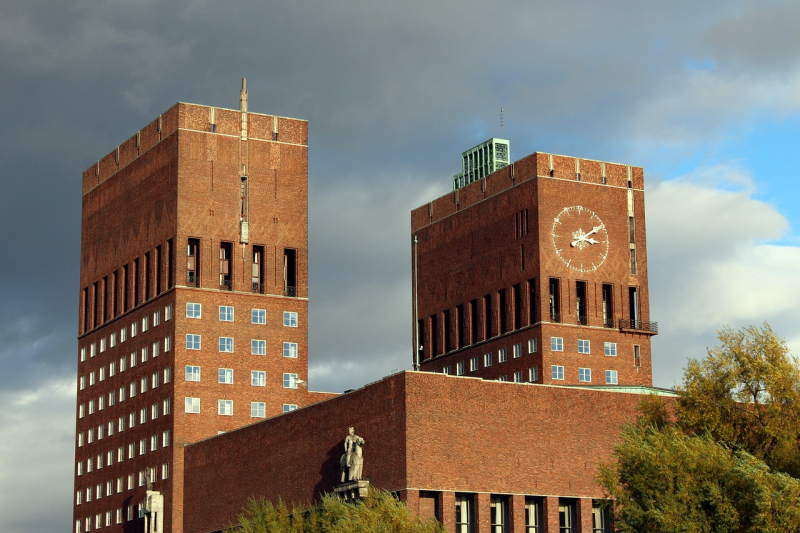
Image by Alexandra von Gutthenbach-Lindau via pixabay.com 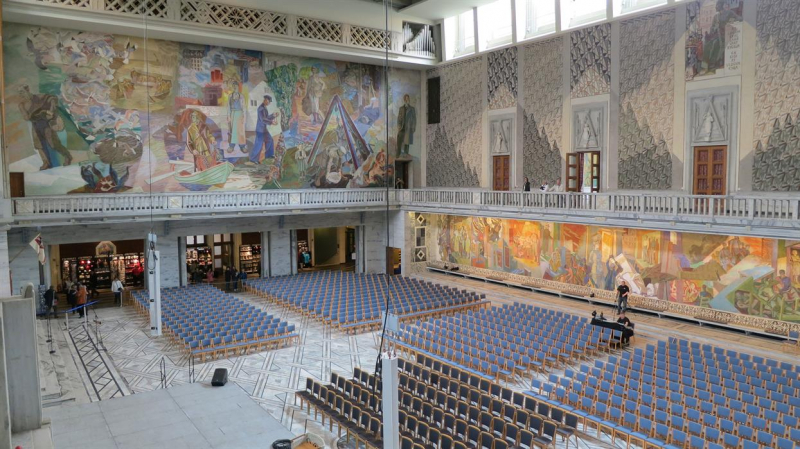
Image by Sulee via unsplash.com -
Akershus Fortress is located in the city center by the Oslo Fjord and it is a great place to discover the capital’s history and enjoy beautiful views. It is a medieval castle that was built in 1290 to protect Oslo, for a certain period of time it was used as a prison as well. There is a lot to see around and on the territory of the fortress - there is a lovely pond, an overwhelming armory display, and the water accompanied by the adjoining landscape is in itself a very nice experience.
Take your time wandering the gardens and ramparts with their beautiful harbor views before entering the modest church with Hkon VII's (1872-1957) grave and the ruins of the old medieval fortress. The Museum of the Norwegian Resistance, often known as the Norwegian Home Front Museum, is also housed on the premises. Prepare to spend a few hours here studying about the German conquest of Europe from 1940 to 1945.
If you still have energy, go visit the Norwegian Armed Forces Museum at Oslo's historic Arsenal. This intriguing museum contains several displays of weaponry and artifacts detailing the history of the Norwegian military and Norway's defense over the years.
It should be noted, however, that you will be doing a lot of climbing and walking, so wear your most comfortable shoes! Aside from that, you may take a walking audio tour to learn about the history of the fortress and Norway, as well as hear some ghost stories. You may also observe the sunset and the ships from the fortress's top wall.
Google Rating: 4.5/5
Phone: +47 23 09 39 17
Opening Hours: Daily - 6:00 to 21:00
Address: 0150 Oslo, Norway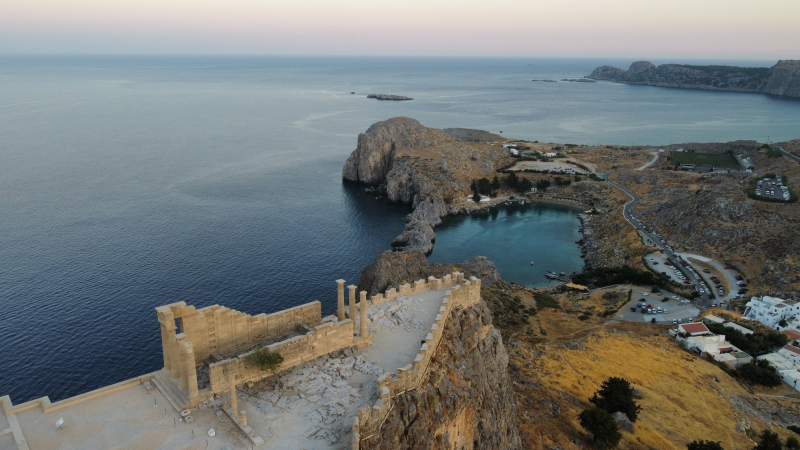
Image by Anderson via pexels.com 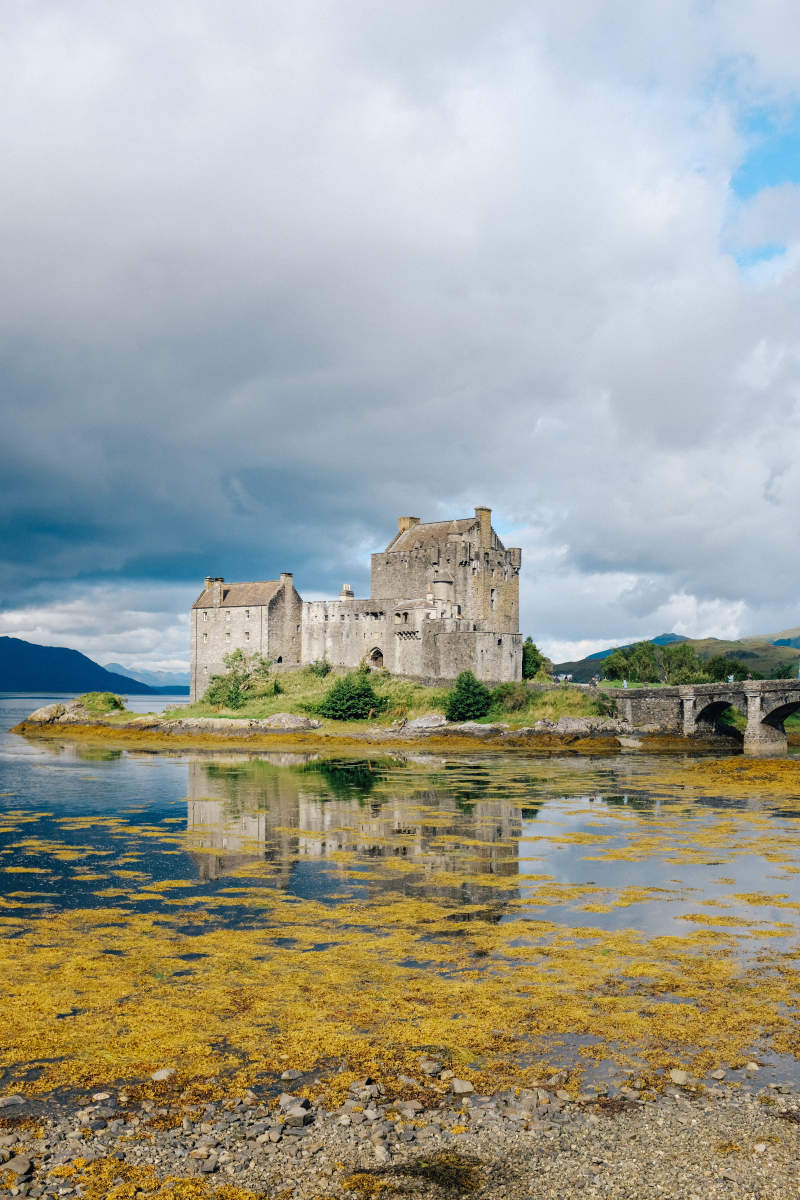
Image by Adrien Olichon via pexels.com -
Oslo Cathedral is a massive and gorgeous church in the center of Norway. The cathedral is widely accessible by public transit and is located on Stortorvet Square, one of Oslo's biggest squares. The architecture and paintings in the cathedral are well-known. The church was established in 1697 and its bronze spire was added in the 1850s when it was restored in a neo-gothic design. Throughout its history, the structure has been substantially modified to reflect current creative trends. It has gone from baroque to neo-gothic to gothic to baroque again. These styles may be recognized in the art and architecture of the cathedral.
The church is well-known for its paintings, notably the vast ceiling murals that cover all four vaults. They are 16,146 square feet in size and were painted between 1936 and 1950. Take your time admiring the beauty as you gaze up at scenes from the Old and New Testaments. View a vast collection of portraits of all the bishops of Oslo dating back to the early 16th century in the sacristy. You may schedule a guided tour of the cathedral to learn more about its artworks and history, which lasts 45 minutes to an hour.
If you are in Oslo during the summer, try to catch one of the organ performances, which take place at noon every Saturday in July and August. Tickets are available at the door soon before each show begins and the Oslo Cathedral is accessible to the public from mid-morning until mid-afternoon every day. On Fridays, it remains open all night for anyone who chooses to pray or simply sit in solitude. The use of flash photography is not authorized in the cathedral.
Google Rating: 4.4/5
Phone: +47 23 62 90 10
Opening Hours: Mon to Thu - 10:00 to 16:00, Fri - 16:00 to 23:30, Sat to Sun - 10:00 to 16:00
Address: Karl Johans gt. 11, 0154 Oslo, Norway
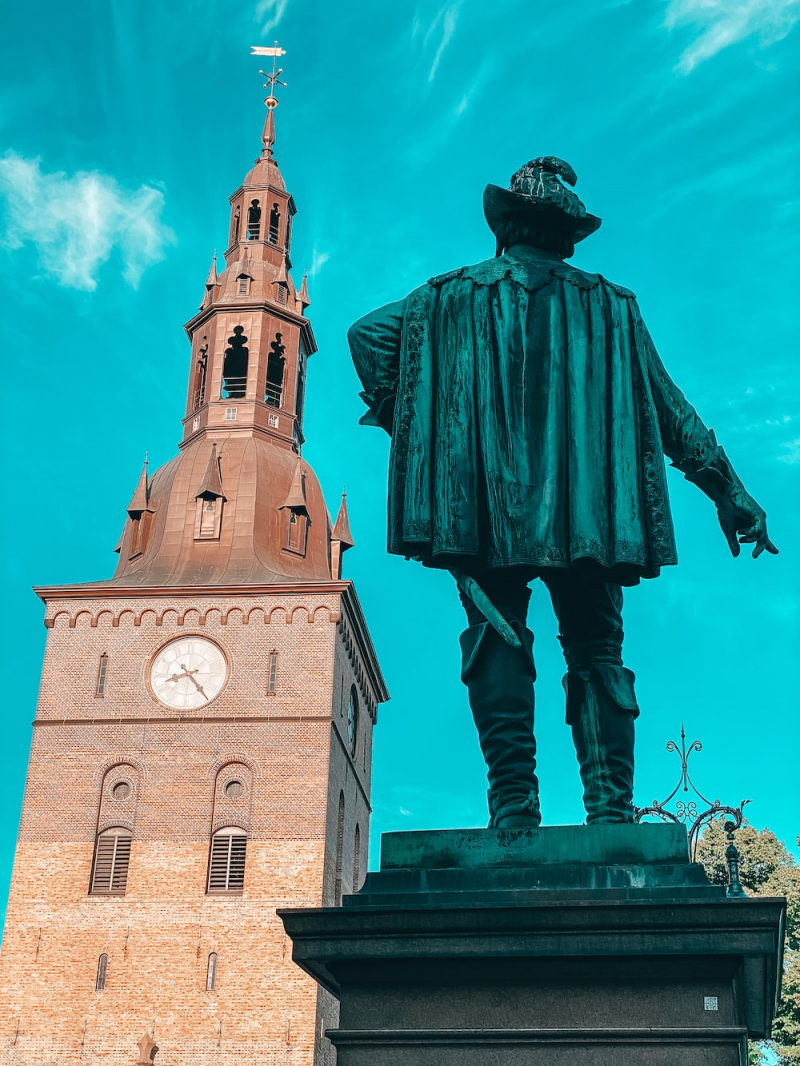
Image by Malik Skydsgaard via unsplash.com 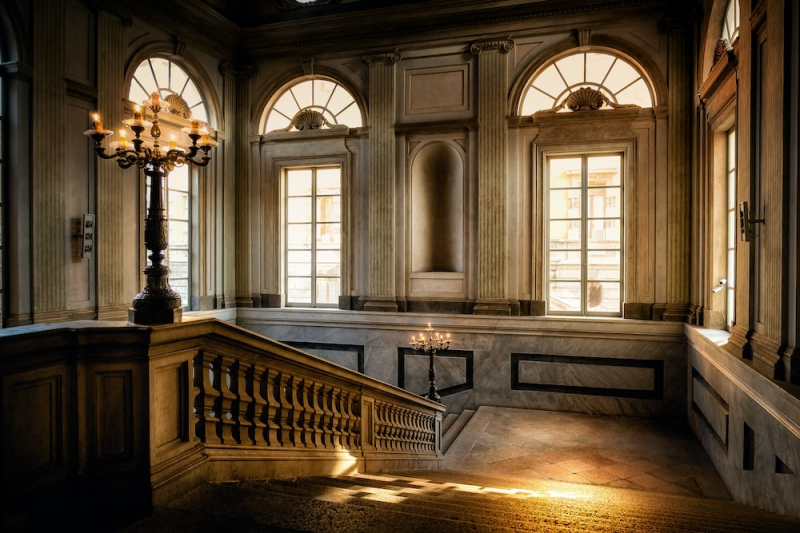
Image by Sergio Locatelli via unsplash.com -
One of the few museums in the world dedicated solely to one artist is the Edvard Munch Museum in Oslo, which features works by the Norwegian painter, graphic designer, and sculpture. Large portions of his entire body of work are represented in the museum's collection, which also includes 13 of his few sculptures, 7,700 sketches, 18,000 prints, 1,150 original paintings, and watercolours. The collection also contains over 2,000 other personal items, such as furniture, books, diaries, notes, photos, and painting tools, in addition to 500 printing plates. Munch himself had instructed in his will that his entire estate should be handed over to the city of Oslo.
Munch is able to give a broad variety of approaches to Edvard Munch and his art, as well as contrast his works with those of other modernists and current artists, thanks to its 13 levels and 11 exhibition spaces. The permanent exhibitions are drawn from Munch's own collection, which for the first time really has the space it deserves. The museum's events schedule will include music, shows, film showcases, and art discussions in addition to regular displays.
The museum’s gift store features more than 1,200 paintings by Munch which offer the perfect souvenir! Aside from the artistic inspiration, a journey here will bring you to the location that drew two armed robbers in 2004 who were effective in stealing Munch's most renowned painting: The Scream!
Google Rating: 4.2/5
Website: https://www.munchmuseet.no/en/
Phone: +47 23 49 35 00
Opening Hours: Daily - 10:00 to 21:00
Address: Edvard Munchs Plass 1, 0194 Oslo, Norway
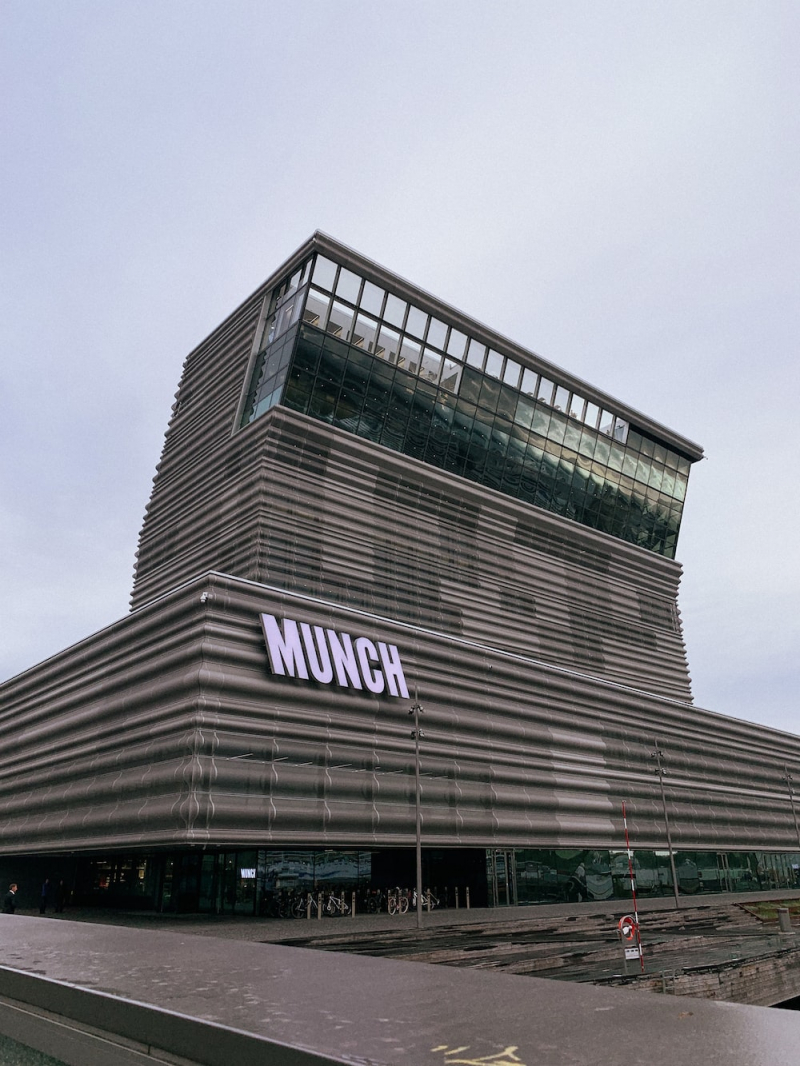
Image by ESMA via unsplash.com 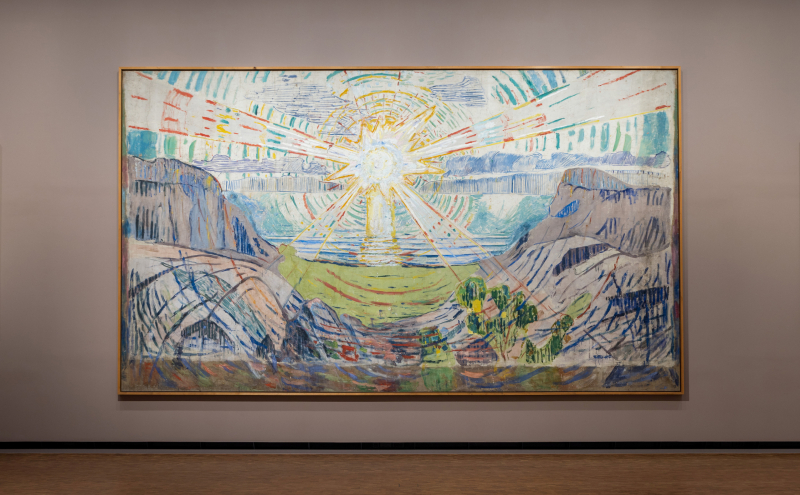
Image by MUNCH via munchmuseet.no













